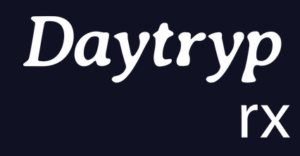Microdosing has become a buzzword. People talk about taking tiny doses of psychedelics to boost mood or productivity, and some even extend this idea to ketamine.
In online forums, you can find claims that a few milligrams taken every few days can lift depression, increase creativity, or help with chronic pain.
Yet the science behind these claims remains thin, and ketamine carries real risks when used outside of a clinic.
This article explains what microdosing is, why it differs from medical ketamine treatment, and what early research and safety alerts reveal about its potential.
In This Article
- Microdosing vs therapeutic dosing
- What the research shows
- Reported benefits and limitations
- Risks and safety concerns
- Responsible exploration and professional support
- Outlook and future research
- Ready to move forward?
Microdosing vs therapeutic dosing
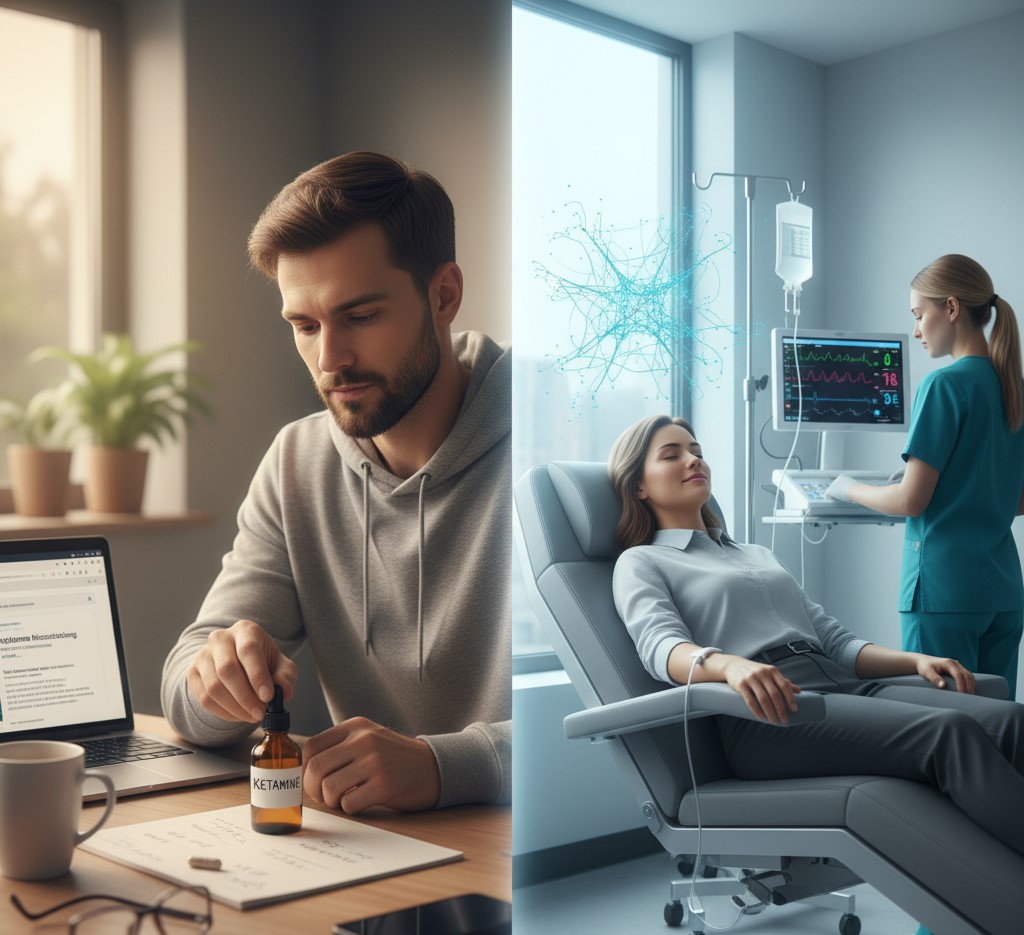
Microdosing means taking a fraction of a normal psychedelic dose. Proponents often describe it as one‑tenth or less of a recreational dose, taken regularly enough that the effects are subtle rather than psychedelic. This idea has been popularised with psilocybin and LSD, but some people also include ketamine in the list.
In contrast, therapeutic ketamine infusions typically involve 0.5 mg/kg of ketamine delivered intravenously over about 40 minutes under medical supervision and are spaced days or weeks apart. These infusions are combined with preparation and integration sessions in a safe setting, which is different from taking small, self‑administered doses at home.
There is no scientific consensus on what constitutes a ketamine microdose, and most reported regimens are improvised. Preclinical studies note that both ketamine and psilocybin have been self‑administered at lower doses.
Yet there are very few placebo‑controlled studies designed to test low doses of ketamine. Researchers also emphasise that the absence of a definition means the purity and dose cannot be verified and that any perceived effects could be due to expectation or placebo response.
What the research shows
Controlled research on ketamine microdosing is scarce. In a review of low‑dose psychedelic use, scientists noted that while anecdotal reports describe benefits, there are very few scientific studies explicitly investigating low doses of ketamine and none using psilocybin.
They also pointed out that preclinical studies designed to mimic a human microdose fail to show clear benefits. Most of what we know about ketamine’s effects comes from therapeutic infusions.
Clinical trials show that a single low‑dose infusion can rapidly reduce depressive symptoms for about a week, and repeated infusions prolong the benefit, but researchers caution that the safety of such repeated treatments has not been thoroughly investigated.
A review of repeated ketamine infusions for treatment‑resistant depression highlights that although intermittent infusions produce more robust effects than single doses, they may also carry addictive properties and cognitive side effects, especially in women.
This is important because microdosing involves frequent dosing and could pose similar or greater risks.
Reported benefits and limitations
Those who microdose ketamine or other psychedelics often cite improved mood, focus, and creativity. Early research on LSD microdosing suggests that controlled trials may find mild improvements in mood, sleep, pain perception, and social cognition.
However, the same review notes that microdosing showed little to no benefit for creativity or productivity and that some participants experienced jitteriness, headaches, or anxiety.
In self‑reported studies, participants reported decreased depression and increased focus, yet the effects were short‑lived and accompanied by increases in neuroticism.
Researchers conclude that high‑quality trials with larger sample sizes and longer follow‑up are needed. Without controlled data, it is hard to separate genuine benefits from placebo effects or from the impact of external factors such as lifestyle changes.
Moreover, since ketamine has a stronger dissociative and anesthetic profile than classical psychedelics, its subjective effects may differ greatly from psilocybin or LSD.
Risks and safety concerns
Because microdosing relies on frequent administration, safety is a major concern. Ketamine is a Schedule III controlled substance approved only as an anesthetic.
The U.S. Food and Drug Administration recently warned that ketamine is not approved for treating psychiatric disorders and that compounded ketamine products, including oral formulations sometimes used for microdosing, have not been evaluated for safety or efficacy.
The FDA notes that using ketamine without medical supervision can cause sedation, dissociation, and changes in vital signs, and that known safety concerns include abuse, psychiatric events, increases in blood pressure, respiratory depression, and bladder problems.
In clinical settings, providers monitor blood pressure and heart rate and are prepared to manage adverse reactions.
Microdosing circumvents these safeguards, increasing the risk of complications. Repeated low‑dose infusions may also lead to addiction and cognitive impairment, with women potentially being more sensitive to addiction and men more sensitive to the psychomimetic effects.
Because microdosing often involves unregulated products, it is difficult to know what dose you are actually taking. As one review warns, self‑administration of microdoses is illegal in many jurisdictions, and the purity and precise dose cannot be determined.
Even when using LSD or psilocybin, accidental overdosing can lead to agitation, anxiety, paranoia, or changes in heart rate.
Responsible exploration and professional support
If you are curious about microdosing because you have not found relief with conventional treatments, speak with a qualified health professional.
Ketamine therapy should always be delivered under medical supervision and in combination with preparation and integration sessions.
At Daytryp, we emphasize the importance of integration, where patients work with a therapist or coach to make sense of their experiences and apply insights to everyday life.
This holistic approach increases the likelihood that new neural connections forged during ketamine therapy will translate into lasting change.
In addition, there are safer routes for exploring psychedelic‑assisted therapy. Ketamine infusion programs follow standard dosing guidelines, monitor vital signs, and respond promptly to side effects.
These programs also ensure that ketamine is combined with talk therapy to address underlying issues rather than simply numbing symptoms.
Microdosing on your own bypasses all of these safeguards. For people seeking relief from anxiety, depression, or chronic pain, alternative options include ketamine infusion therapy combined with psychotherapy, mindfulness practices, and lifestyle changes such as regular exercise and quality sleep.
Outlook and future research
Microdosing appears in headlines because it promises big results with little disruption to daily life. However, as several reviews make clear, there is not much scientific evidence to support the practice.
Scientists call for more high‑quality, placebo‑controlled studies to determine whether low‑dose ketamine or other psychedelics have therapeutic value and to identify safe dosing regimens.
It is also important to investigate whether frequent low‑dose exposure could lead to tolerance, dependence, or organ toxicity.
Until such data exist, self‑directed microdosing remains an experiment with unknown benefits and potential harms.
By contrast, ketamine‑assisted therapy continues to show rapid relief for treatment‑resistant depression and other conditions when administered in a controlled clinical environment.
As research expands, we may learn more about the long‑term effects of different dosing strategies and whether carefully monitored microdosing has a place in mental health care.
For now, individuals should focus on evidence‑based treatments and consult professionals rather than self‑medicating.
Ready to move forward?
Explore safe paths to healing
Ketamine can be a powerful tool when used responsibly and in a supportive environment.
If you are interested in learning more about ketamine‑assisted therapy, our team at Daytryp is here to help. We offer tailored treatment plans, thorough assessments, and integration coaching to support your journey.
Instead of experimenting with unproven microdoses, contact us and schedule an intake session to discuss whether a supervised ketamine program could meet your needs.
Take the first step toward healing today.


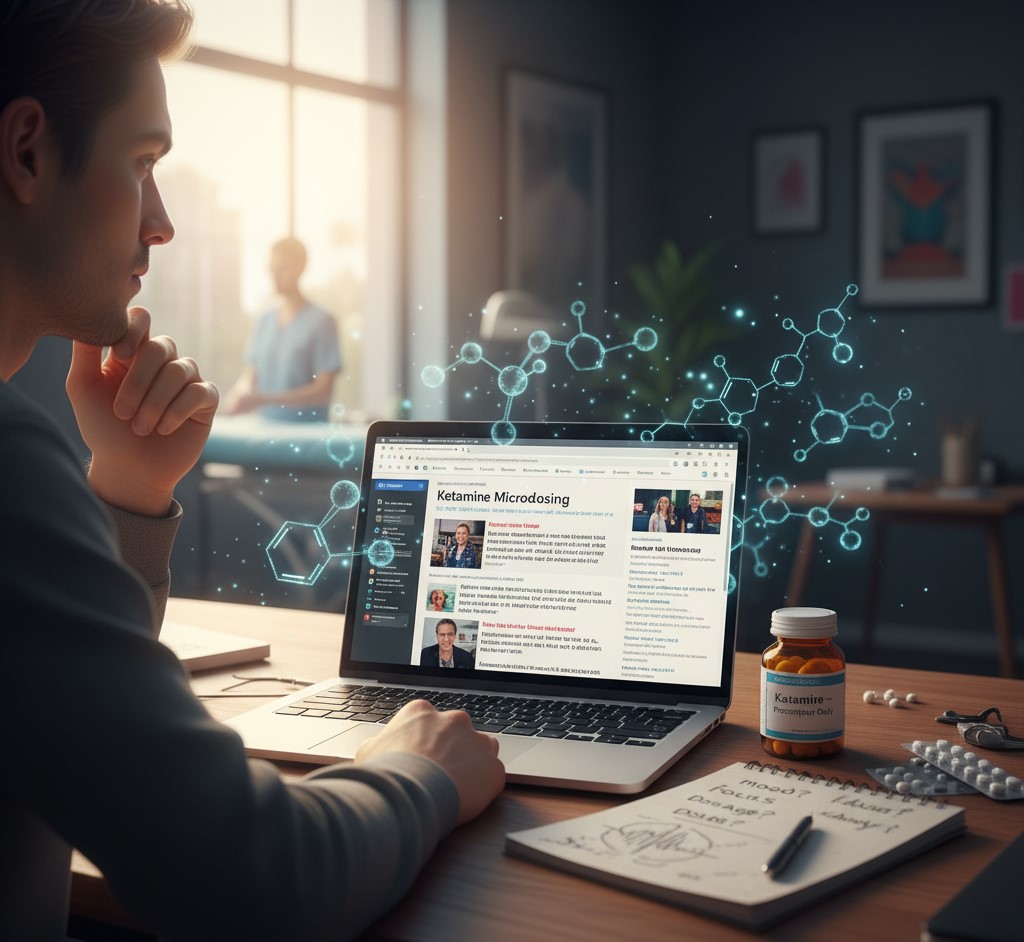
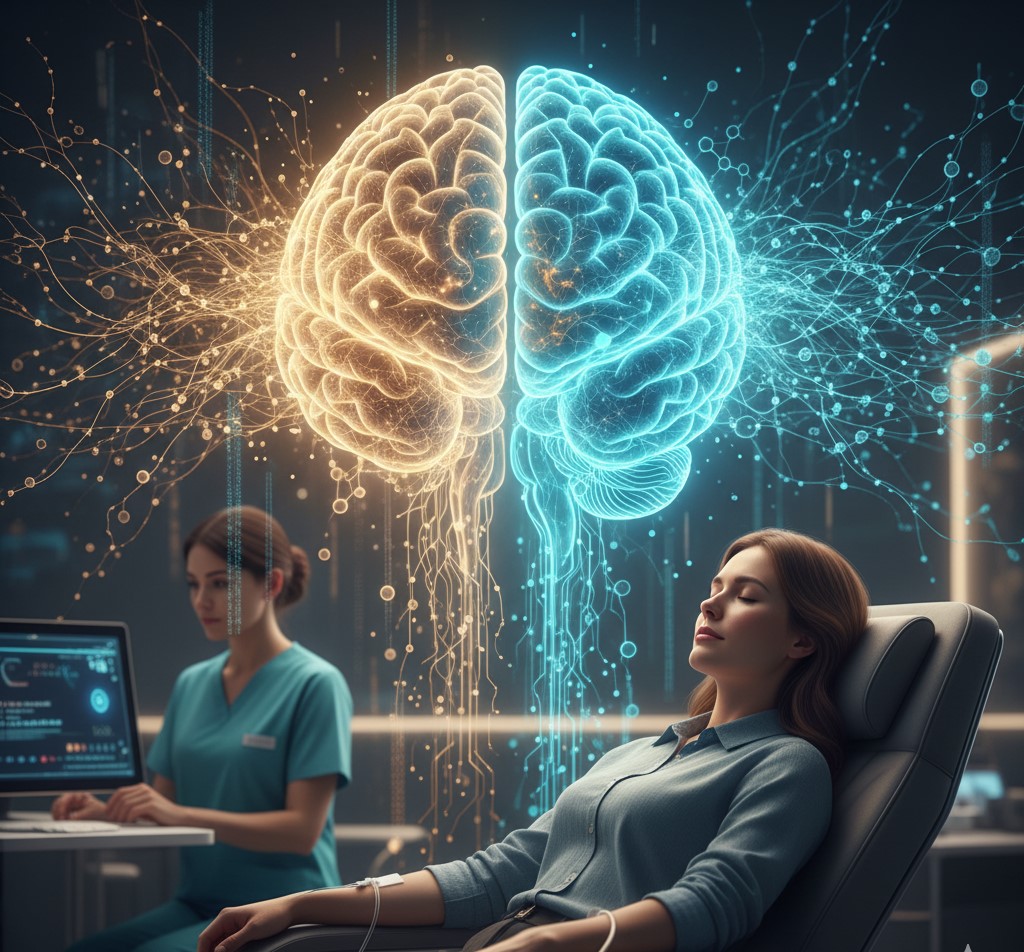
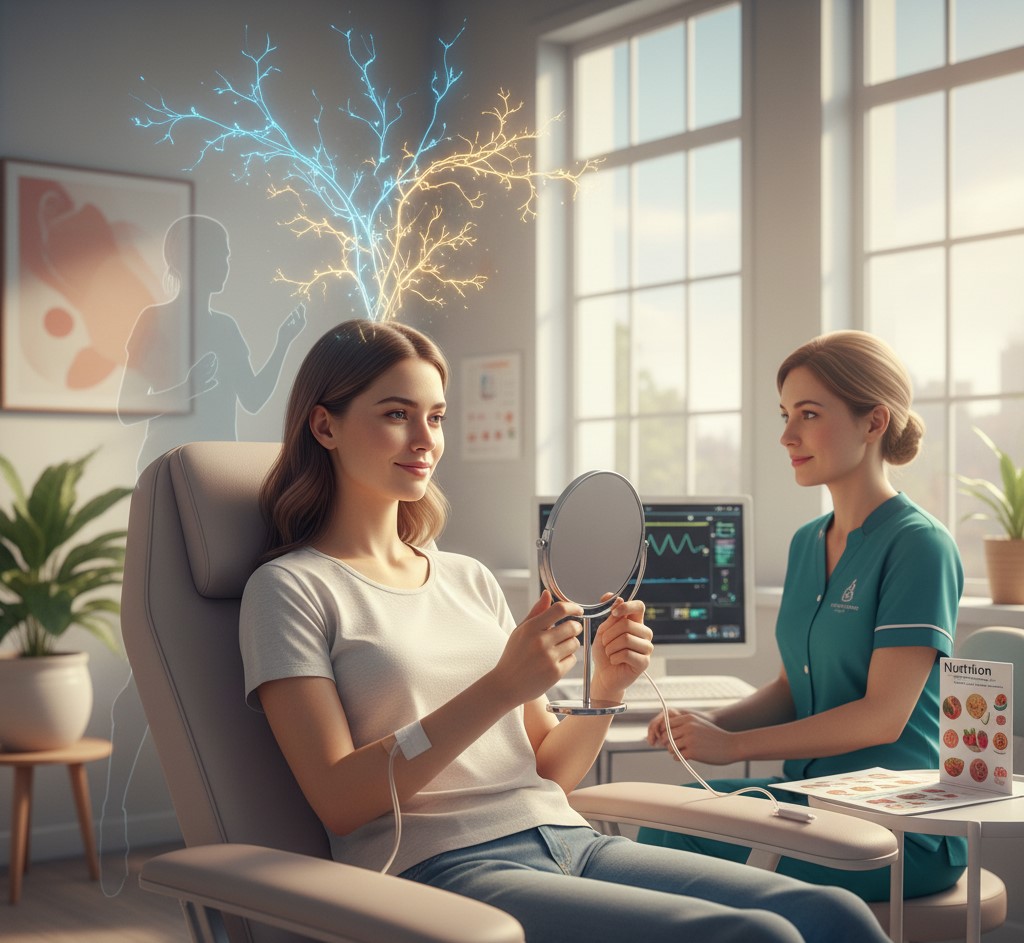
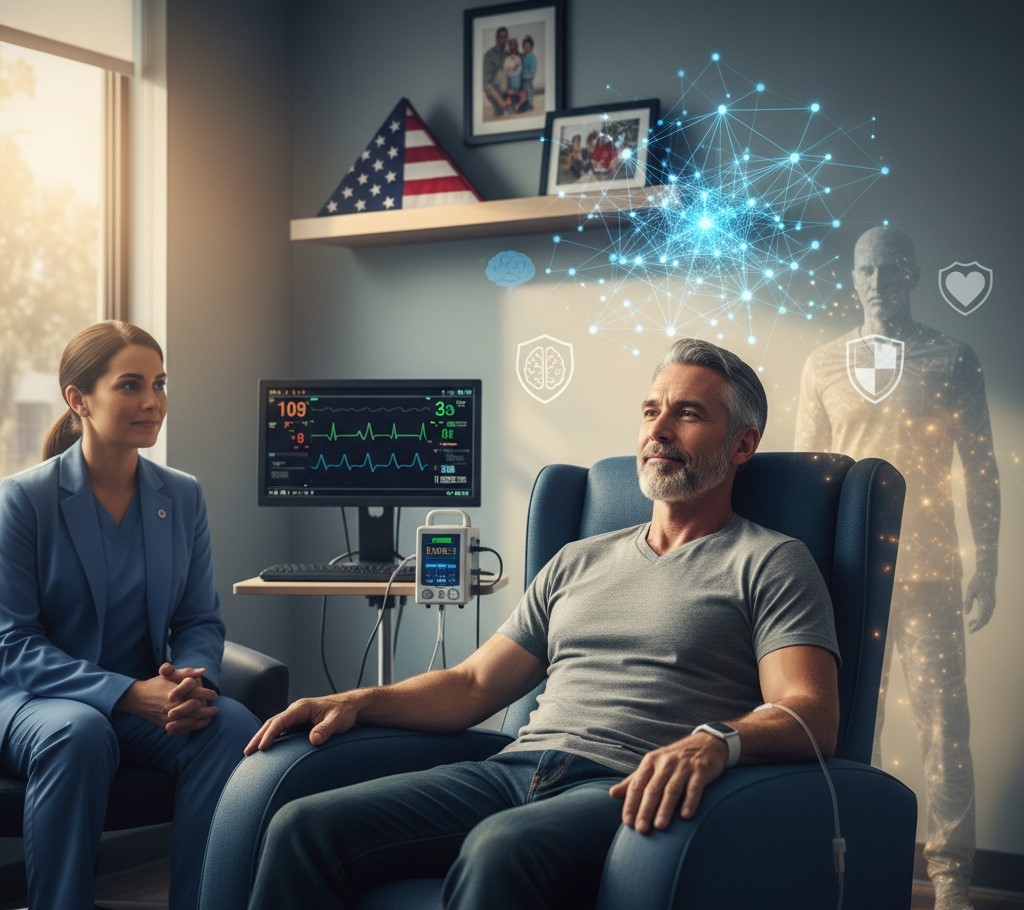
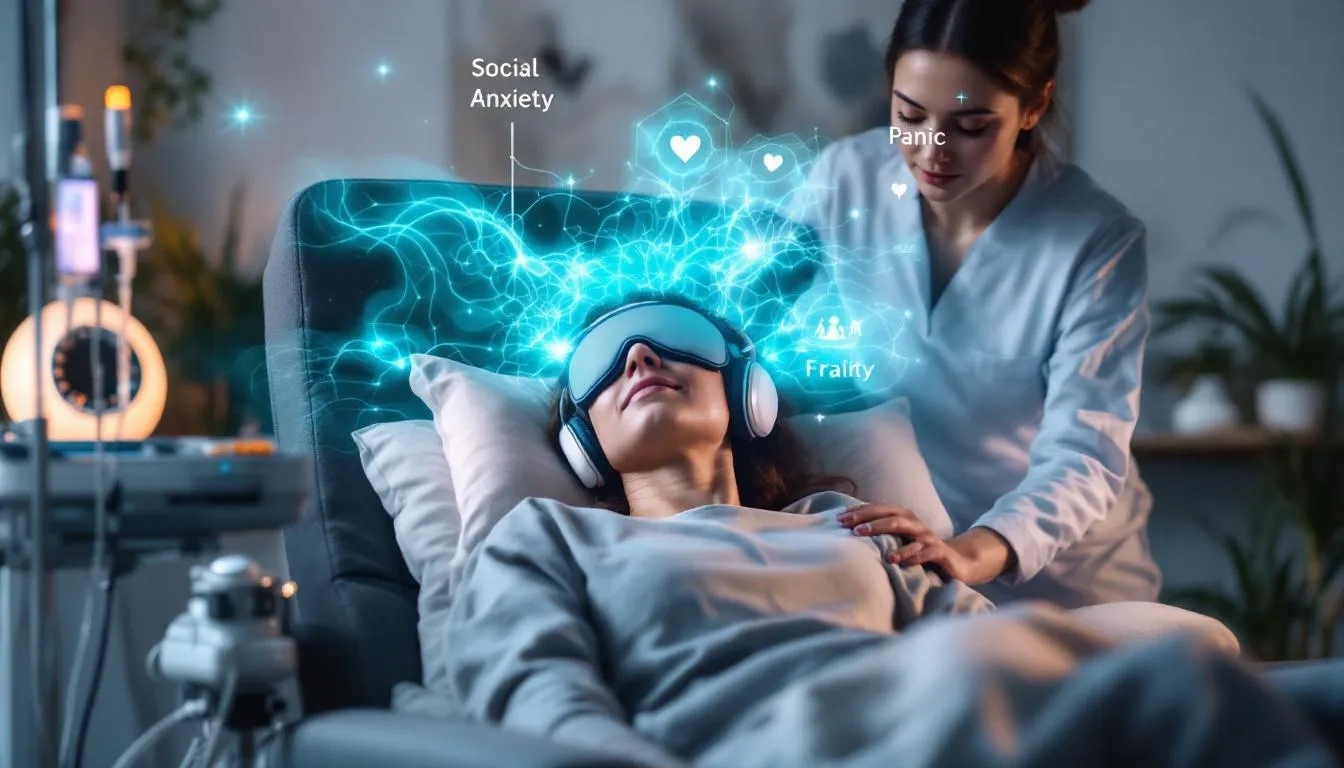



 Daytryp Health has taken
Daytryp Health has taken  The
The 